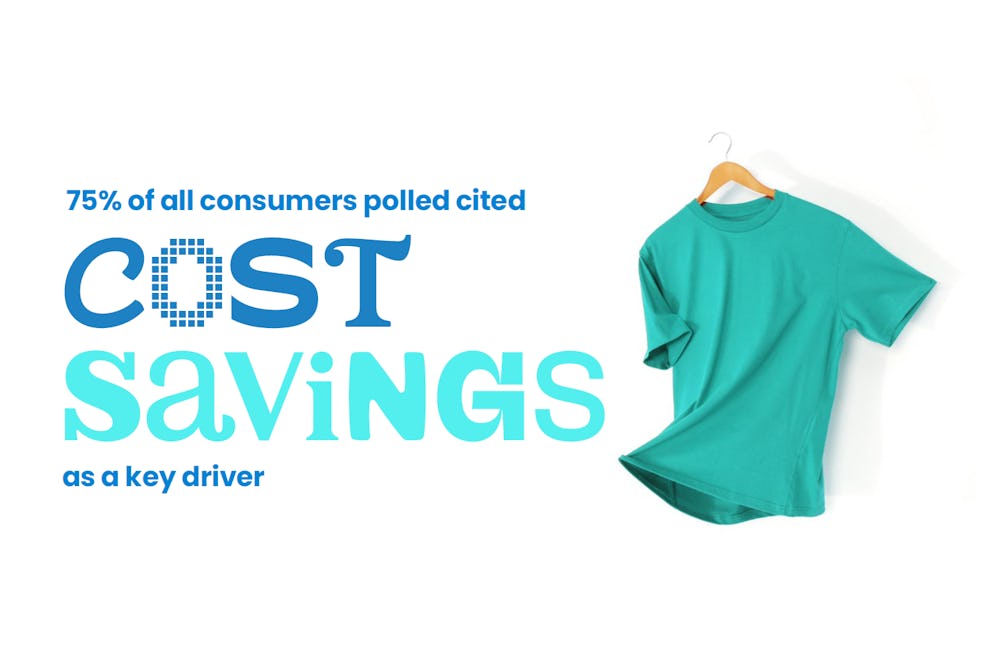The rise of second-hand shopping
What it means for small and medium businesses in 2025

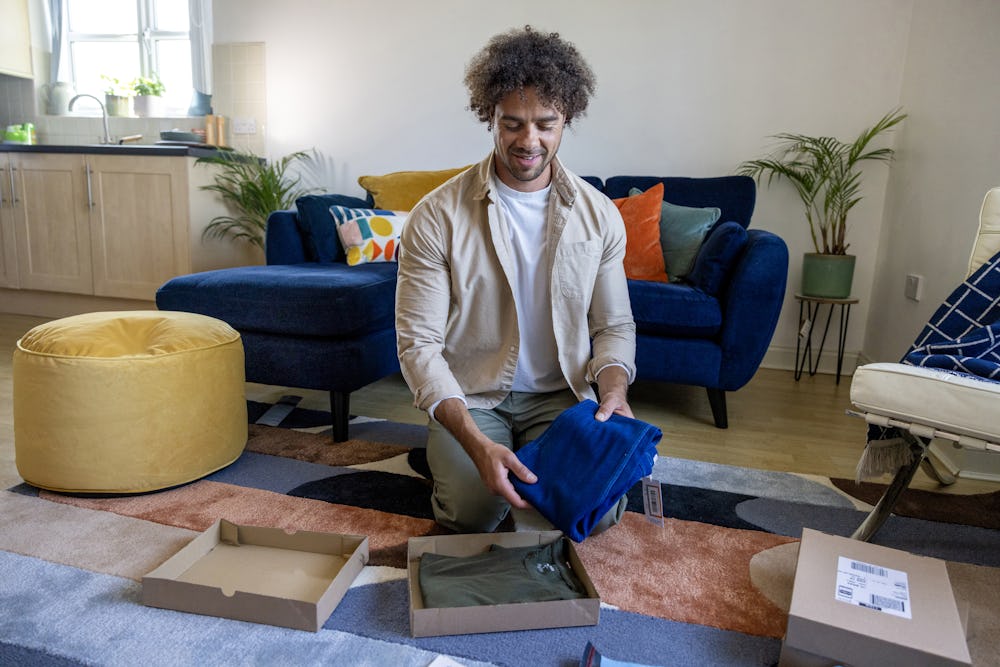
The second-hand market is no longer just a trend – it's a fast-growing and vital part of the UK retail landscape. Against the backdrop of rising living costs and an increasingly sustainability-conscious customer base, Evri’s research shows that more than half of UK adults now buy or sell pre-loved items every year.
For small businesses, side hustlers and hobby sellers, this opens up huge opportunities to meet shifting customer expectations while contributing to a more sustainable retail future.

Why pre-loved is driving e-commerce growth
While high streets are still adjusting, online is where the real second-hand boom is happening. Evri has seen a 160% year-on-year growth in parcels from popular second-hand selling sites. These platforms aren't just for fashion either - electronics, toys, homeware, and collectables are all enjoying renewed interest.
For many small businesses, this is the perfect time to consider diversifying or expanding their offering to sell second-hand. Whether you run a curated vintage store, a craft business upcycling pre-used goods, or simply sell pre-loved finds on the side, customers are looking for affordable and sustainable options.
Inside the pre-loved market: data-driven insights you need to know
What’s driving customers to buy pre-loved?
Our research uncovered three key motivators for second-hand buyers:
- 75% to save money
- 30% to find unique or rare items
- 24% to reduce their carbon footprint
Younger customers (aged 16-24) are especially sustainability-conscious, with 42% already prioritising second-hand clothing. Additionally, women were more likely than men to cite sustainability as a reason for shopping second-hand - a crucial insight for businesses tailoring their offerings.

Who’s shopping pre-loved?
- 67% of 18–34-year-olds buy second-hand regularly
- 61% of 35–54-year-olds also love a bargain
- 40% of 55+ currently shop second-hand - this is growing

Sustainability matters
- 35% of women under 34 are driven by sustainability
- Younger shoppers (18-34) are twice as likely as older shoppers (over 55s) to avoid fast fashion

Buying habits & behaviours of consumers
- 59% won’t be home when their parcel arrives
- 76% compare prices online before buying
- 73% rely on reviews before purchasing
- 42% spend more online during weekdays

The bigger picture: Why this matters for businesses
With customer buying habits unlikely to reverse and younger shoppers soon becoming the dominant spending force, businesses that embrace pre-loved and sell second-hand will be well placed to thrive. The cost-of-living crisis may be one driver today, but the growing demand for ethical, sustainable and value-driven shopping is setting the stage for long-term change.
Tips for making the most of the pre-loved opportunity
Here’s how you can ride the wave of the second-hand boom:

1. Highlight great value in your listings
Since 75% of shoppers choose second-hand for cost savings, make sure your product titles, descriptions and promotions emphasise affordability. Use terms like ‘bargain’, ‘save more’, or ‘budget-friendly’ to capture attention.

2. Build a unique story for your products
30% of buyers are looking for rare or unique finds. Stand out by sharing the history, craftsmanship or quirky details about your items to build emotional appeal.
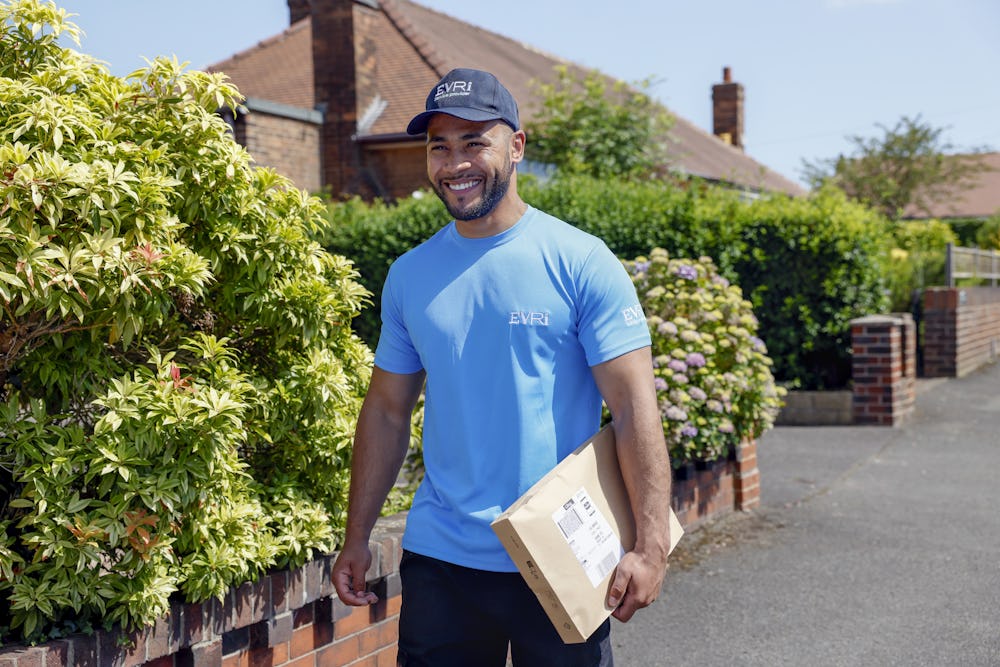
3. Use sustainability as a selling point
With younger shoppers (especially women aged under 34) valuing environmentally-conscious choices:
- Mention if your items help reduce waste, support a circular economy or avoid fast fashion
- Use eco-friendly packaging and tell customers about it
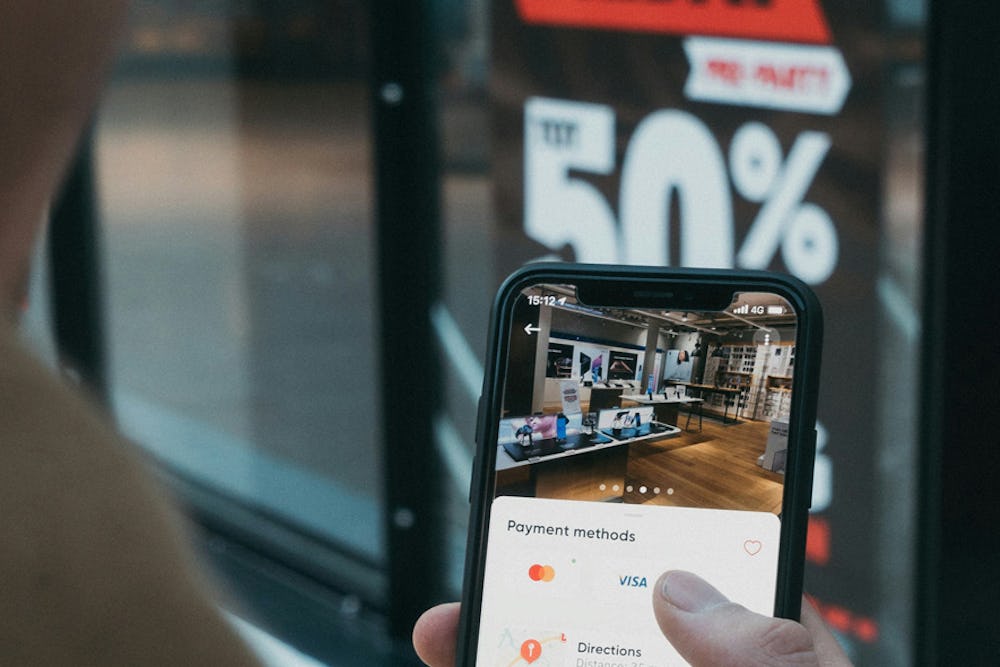
4. Consider weekday promotions
42% of high-value online shoppers spend more on weekdays, likely while browsing during work or other routines. Schedule offers, flash sales or new listings midweek to tap into this behaviour.
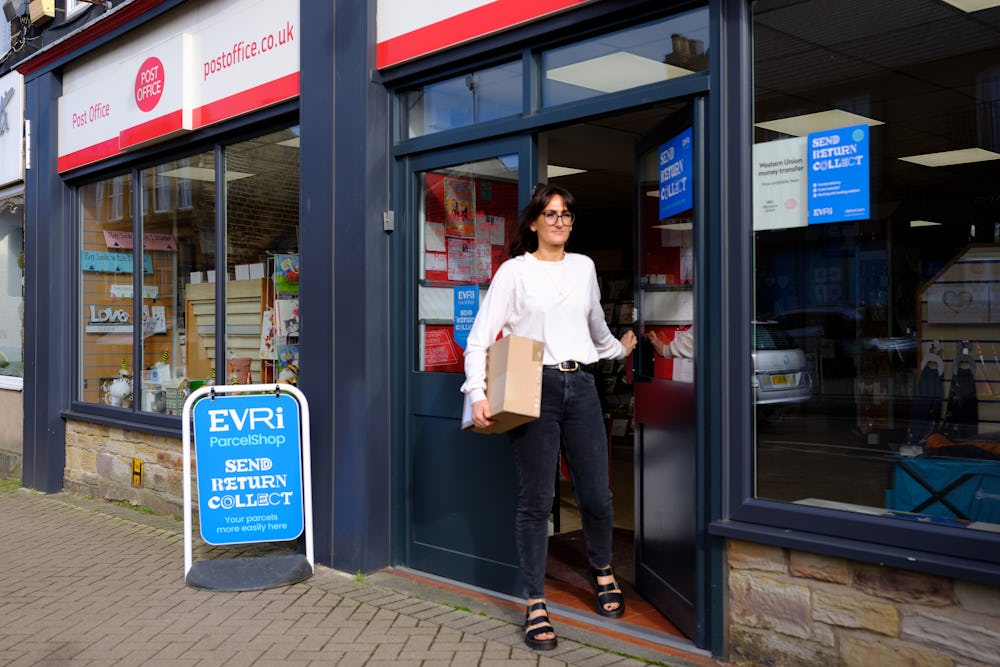
5. Provide flexible delivery options
Since nearly 60% of people won’t be home for their delivery:
- Highlight alternative delivery options like Evri ParcelShops or safe places
- Make sure your customers know they can collect at their convenience
- If possible, allow them to choose or note delivery preferences at checkout
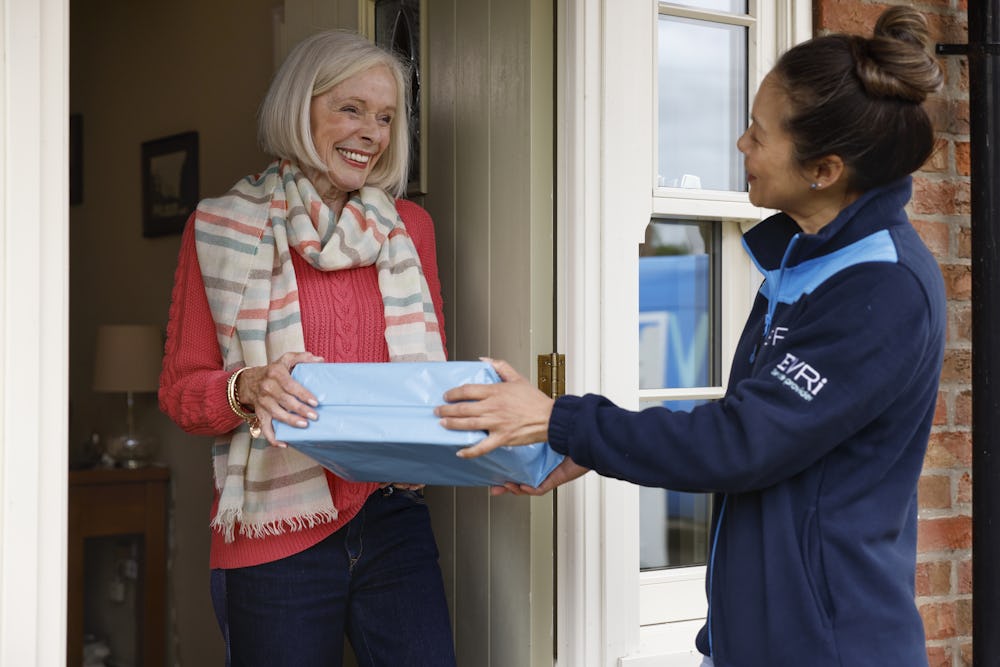
6. Boost trust
With 73% of shoppers reading reviews and older shoppers especially wary of fraud:
- Encourage positive reviews after customers receive their items
- Display your ratings prominently on your website and social media platforms
- Offer secure payment methods and clearly state this on your website
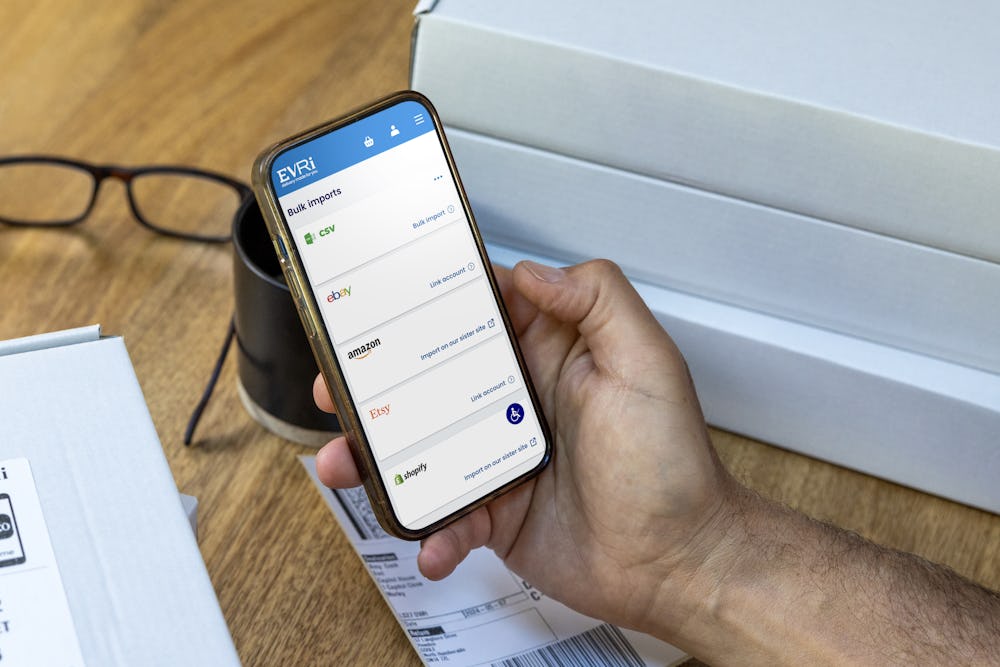
7. Optimise for mobile & marketplace selling
Younger shoppers (18–34) dominate pre-loved buying and are comfortable using popular second-hand websites.
- Make sure your listings are mobile-friendly with concise information
- Consider integrating your store directly with popular marketplaces - find out how you can connect your Evri account using our Bulk Send integration tool
Get started with selling second-hand
Ready to put these insights into action? Whether you’re looking to start a side hustle, grow your online store or simply explore new ways to boost your second-hand sales, we’ve got the tools to help. Check out our collection of helpful guides – from setting up shop, inspiration on what to sell and even perfecting your packaging.

Trusted by our customers
We handle over 700 million parcels every year. Trusted by leading retail brands like Hello Fresh, John Lewis, Wayfair, Next and thousands of small businesses - we've earned more 5-star Trustpilot ratings than any other UK carrier.


